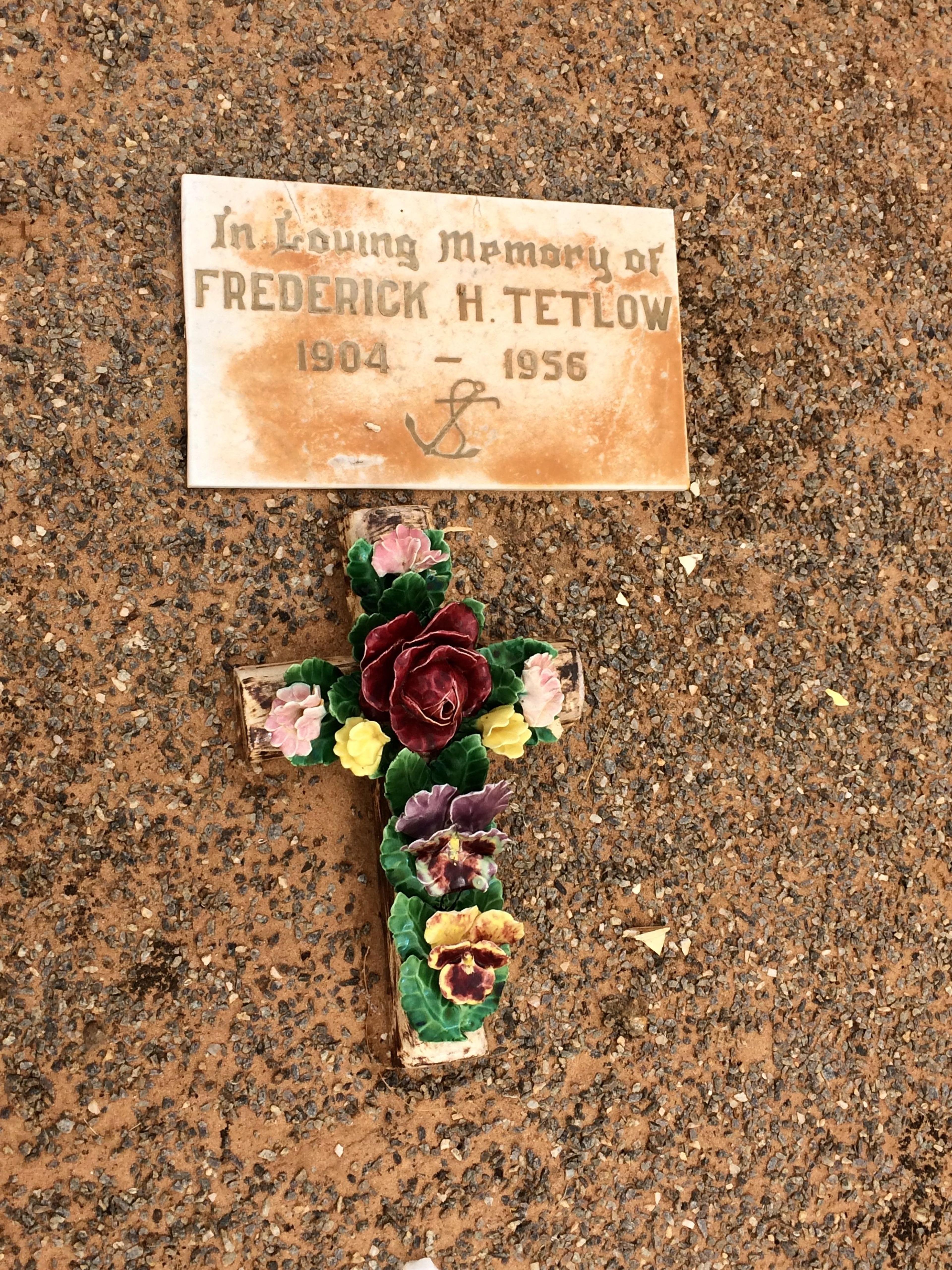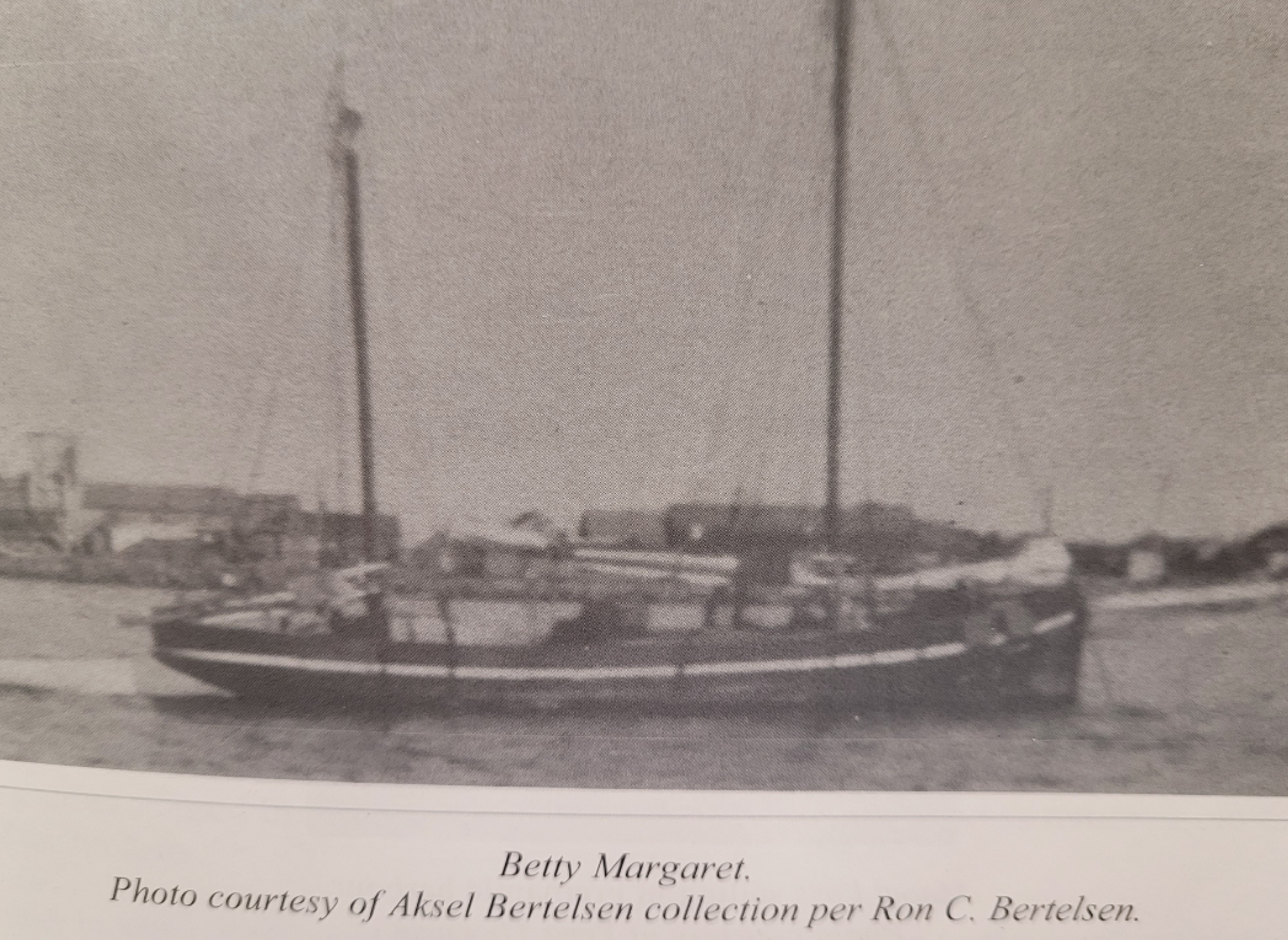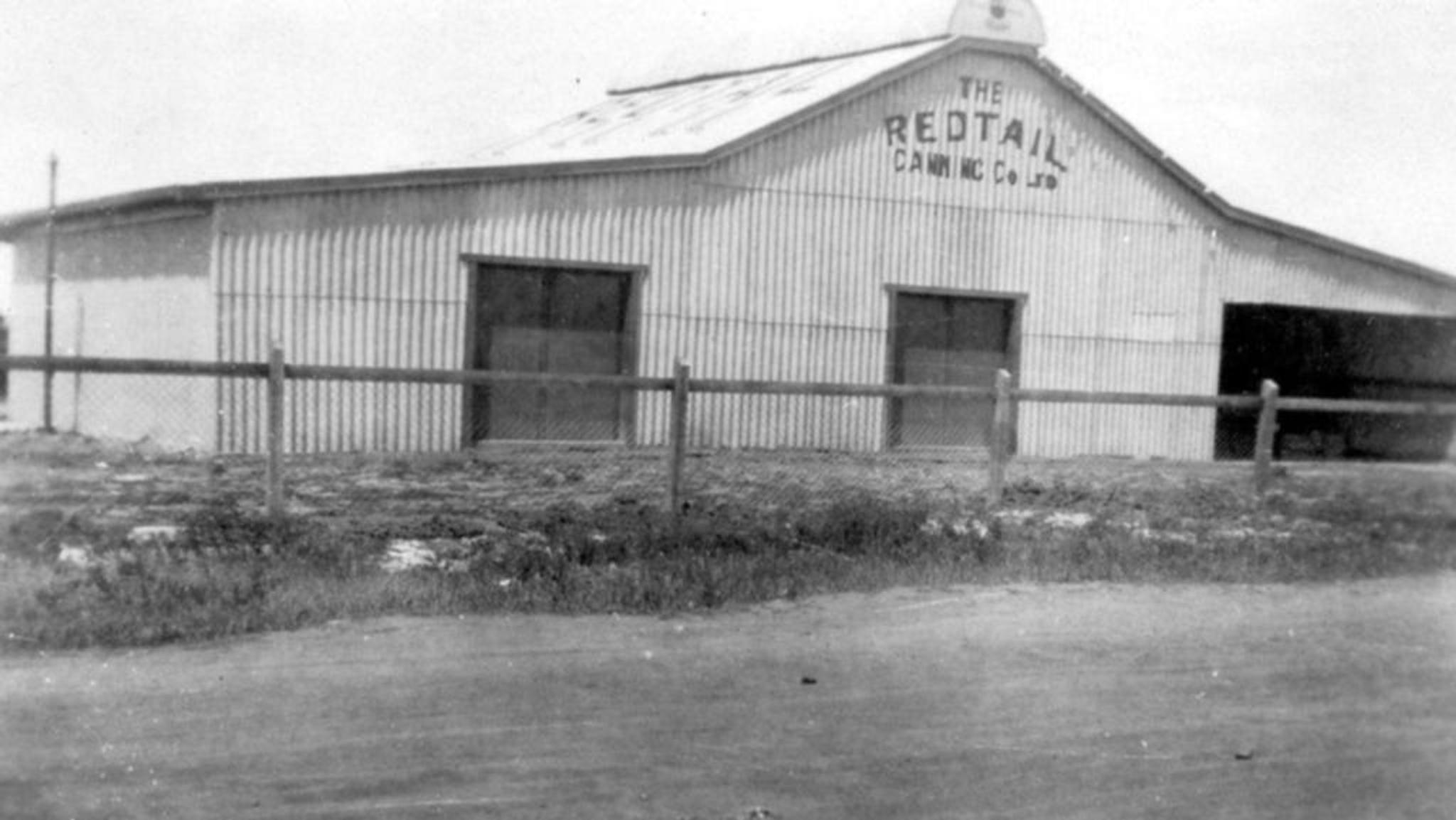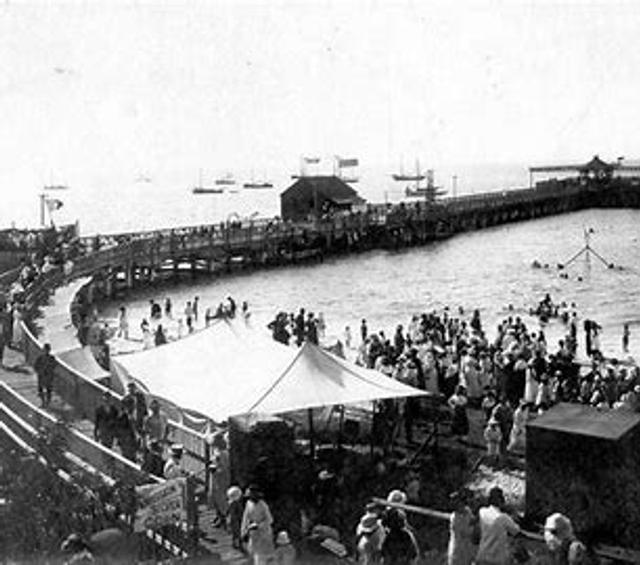Fred (Frederick Henry) Tetlow
Vessel Name: Betty Margaret
Fred (Frederick Henry) Tetlow
Drowned in Geraldton Harbour, body recovered
11 August 1956




Geraldton Esplanade
Frederick Henry “Fred” Tetlow was born in Geraldton in 1904. He was a fourth generation Geraldton man; the youngest of nine children born to Sampson “Samuel” Tetlow and Elizabeth Haley. Fred’s father died at the age of 40 years from complications of a cold contracted when he was working on the rabbit proof fence. Fred was only three years old. Fred’s mother was a respected hospital nurse.
The Tetlow children went to Geraldton State School for their education. Both Constance “Connie” and Dorothy “Dorrie” were mentioned in the local newspapers for having won awards for their achievements in school. Three of Fred’s brothers enlisted into the army. The eldest Gerald became a sergeant, wounded in 1916.
In December 1928 Fred’s sister Edith “Floss” died in Adelaide. His brother William “Bill” was an army gunner, wounded in 1918. On his return to Australia, he became a dingo hunter. He was murdered by Jimmy, an Aboriginal co-worker in Daley Springs, Northern Territory in 1931. He was buried by police where he was found. Fred’s mother passed away on 11 June 1940. She was buried in Geraldton. Fred lost another brother, Charles “Char” who was living in Sydney in 1945. Charles had also served in the army.
Fred became a fisherman. At the age of 18 years, on 17 February 1921, he was wet line fishing aboard the Queen with skipper Jack Jeffries and deckhand Hippocrates Reviopolis. The wind blew with cyclone force during the night and the barometer dropped lower than it had for years. Some boats were forced ashore and wrecked, some were damaged, and Queen was missing.
Working north from Port Gregory, Queen was approximately 26 nautical miles [48 kms] from Shark Bay when it became obvious the storm would be a bad one. Jack decided to run into South Passage for shelter. As the barometer kept dropping Jack tried to get the boat further up the passage but the seas breaking over the boat and the pitch black in the storm made it too hard to get their bearings. They had to rely on their anchors and springers holding. On the afternoon of the 18th Queen was lying on her beam ends and in danger of flooding. The crew cut her mast away and she gradually righted herself and her anchors held.
The voyage back to Port Gregory took three days with one mast. Queen limped into Geraldton on 27 February. The newspapers reported a “thrilling experience” and “marvellous escape”. Friends were at the esplanade jetty to meet Queen once she had been sighted heading into harbour. The crew were surprised their absence had caused so much concern. They had been through 36 hours of the storm without food, sleep or feeling dry. Jack told the newspapers that he had been fishing for 30 years, 20 of them on the mid-west coast and this was his worst experience at sea.
Fred was not deterred. Between 1932 and 1934 he started cray fishing for the Redtail Cannery and Packing Company who were exporting frozen cray tails. Fred was earning a shilling for each dozen crayfish caught. Redtail had four boats catching crayfish for them. Fred worked on Nautilus, Manxman G40 and Mandalay G41, and lived on Big Rat Island, one of the Abrolhos Islands. The carrier boat crew commented he must have stayed on the island for a long time if the length of his beard was anything to go by.
In 1939 Fred was line fishing on Saga, a wet line boat rebuilt from the Clare. She was 44 feet [13.4 metres] long, 12ft 6inches [3.81 metres] across her beam and had a draught of 7 feet [2.1 metres]. She was a sailboat without a motor. Fred was a deckhand along with John Howarth and William Nelson and skipper John Akerstrom.
In 1941 Fred started work aboard the Betty Margaret G23 on her first cray season at Big Pigeon Island, with owners Carl Sigfred “Big Fred” Jacobsen, an ex-farmer and Erik Gudmundsen, a line fisher. The other deckhand was A. Tennesson. Fred lived aboard Betty Margaret and when she was carting crayfish into Geraldton, he stayed in the ruins of the old 1930s cannery camp which was no longer in use.
Betty Margaret was a 41 ft [12.5 m] pearling lugger Big Fred and Erik found in Onslow. She was built in 1912 by George Cooper in Claremont as a two masted (fore and aft) schooner. She had a 15 ft [4.5 m] beam, carried a 1000lb [453.5 kg] ice box and was run by a 36 hp motor. Betty Margaret had two launches, an 18 ft [5.4m] of Big Fred’s and a 15 ft [4.5m] belonging to Erik.
Fred returned to line fishing on the Queen in 1942. Like many fishermen he fished for cray fish during the cray season, and went line fishing in the “off-season”. Line fishing took fishers further afield than cray fishing.
In 1946 Fred appeared in the local newspaper when his land lady applied to the court for his eviction from the Railway Hotel in Marine Terrace, Geraldton. Fred moved into the Beach Camp, on Pages Beach where fishermen erected simple camps.
Fred was admitted to hospital in Fremantle on 27 October when he almost drowned in the Fremantle harbour. He was mooring the dinghy at the naval pen in the harbour when he slipped on the decking and fell into the water. Fortunately, he was seen by two men working on nearby boats, and they managed to drag him out of the water and get him to the hospital.
In 1949 Fred was aboard Betty Margaret at West Wallabi Island (Abrolhos). She was the carrier boat for the Wallabi Islands that year and she participated in the search for a missing 24-year-old cray fisherman, Albert “Chum” Kearle. Albert had been out pulling his pots in his launch when his fuel line ruptured. His anchor broke free and the launch drifted in a strong southerly wind for 39.5 hours before he was found approximately 17 nautical miles[32 kms] from North Island.
Fred married Violet Munckton (nee Deering) and they had separated. In 1949 she applied for a divorce on the grounds that Fred had not been compliant with maintenance orders issued previously by the court.
On 21 January 1954 Fred and William James Robinson appeared before the Geraldton Police Court for drinking alcohol within 20 chains [402 metres] of a hall when a dance was in progress. Police Sergeant JW Tunstall reported the men were “hopelessly intoxicated”. Magistrate KH Hogg imposed a fine of £4 each and a caution for being drunk on the esplanade.
Later that same year, on 28 July, a storm with heavy squalls struck Geraldton. Betty Margaret broke her moorings and was washed side-on against the stone sea wall on the east side of the wharf with her bow facing the shore. Her hull was badly holed. As Betty Margaret Canted towards the wall, Skipper Hjalmar Lindquist and the crew including Fred tied the top of her mast to a nearby steel pole to prevent her from rolling. They threw heavy gear and equipment overboard to prevent it shifting and causing her to roll.
In 1955 Fred was aboard Betty Margaret with skipper Hjalmar Lindquist and a 25 yar old deckhand from Norway called Chris. They were wet lining south of Geraldton. On 26 August when they were 15 days overdue for their return to Geraldton. A search was started from Dongara using police and a local fishing boat. Betty Margaret finally sailed home with a full ice box after been blown off course and sustaining some damage.
On the evening 11 August 1956, Fred was at the Fishermen’s Landing heading to the Betty Margaret. He lost his footing and fell into the water. Reginald Brentnall heard the sound of Fred hitting the water, and alerted Anka Anderson and Roy Cuthbert to help him. The men found Fred, but he was beyond resuscitation.
Fred was buried in the Anglican section of the Utakarra Cemetery, where other family members were laid to rest.
